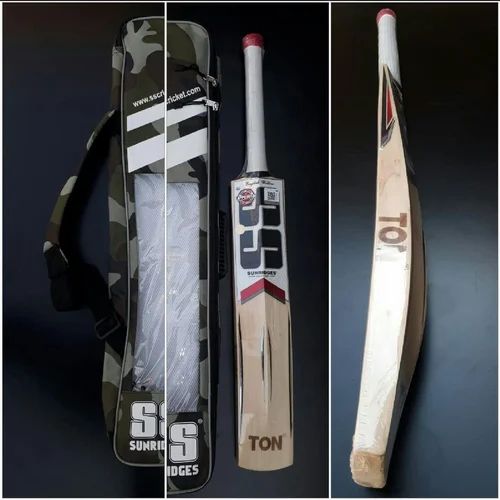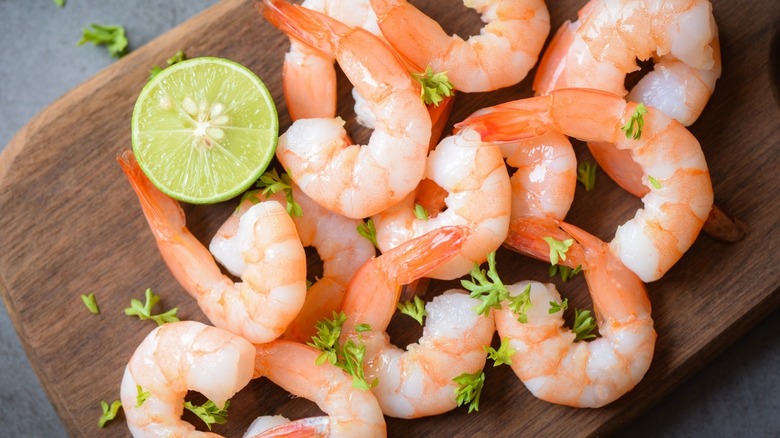Cricket Bat Master: A Tradition Continues

Table of Contents
The Art of Cricket Bat Making: From Tree to Turf
The journey of a handcrafted cricket bat is a testament to human skill and the unique properties of willow wood. From the initial selection of the finest English or Kashmir willow to the final stages of knocking-in, each step is crucial in creating a high-performance cricket bat. The cricket bat manufacturing process is a fascinating blend of traditional techniques and modern advancements.
-
Sourcing high-quality willow: The selection process begins long before the bat takes shape. Master bat makers meticulously choose the finest pieces of willow, prioritizing straight grain and exceptional density. English willow, known for its strength and resilience, and Kashmir willow, prized for its lighter weight and excellent sweet spot, are the most sought-after varieties. The quality of the wood directly impacts the bat's performance and longevity.
-
The meticulous process of cleaving, shaping, and carving the bat: Once the willow is selected, it undergoes a careful cleaving process to reveal the optimal grain structure. The bat's shape is then meticulously carved, taking into account factors like the player's preferred playing style and the desired weight. This process requires years of experience and an artistic eye for detail.
-
The crucial role of seasoning and drying the wood: After shaping, the cricket bat undergoes a crucial seasoning process, typically lasting several months. This involves carefully controlled drying to reduce moisture content and prevent warping or cracking. This slow drying process is critical for the bat's durability and strength.
-
Applying the handle and edge protection: The handle, usually made from cane, is carefully fitted and secured. Protective edges are then added to the bat's toe and shoulder to protect against damage during play. The choice of materials and the precision of the application are vital for performance and longevity.
-
The art of knocking-in a new bat: Before a new cricket bat is ready for match play, it needs to be “knocked-in.” This involves gently hitting the bat with a mallet or ball to soften the wood, enhancing its performance. This crucial process increases the bat's durability and sweet spot. Different techniques exist, each with its own nuances and benefits.
Choosing the Right Cricket Bat: A Master's Guide
Selecting the right cricket bat can significantly impact your performance. Understanding different bat types, sizes, and weights is essential for making an informed decision. This section serves as your guide to buying a cricket bat.
-
Understanding different bat profiles: Bat profiles vary significantly, influencing the way the bat performs. English willow bats are often heavier and more powerful, while Kashmir willow bats are lighter and provide a larger sweet spot. Classic profiles tend to be more traditional in shape, while modern profiles are often designed for specific playing styles.
-
Determining the ideal weight and size: The weight and size of the cricket bat should be proportional to the player's height and strength. A bat that's too heavy can lead to fatigue and poor technique, while a bat that's too light may lack power. Consider your playing style and choose a cricket bat that complements your strengths.
-
Identifying the “sweet spot”: The sweet spot is the area on the bat where the impact delivers maximum power and minimal vibration. Identifying and utilizing the sweet spot is crucial for consistent performance. A high-quality cricket bat will have a more defined and larger sweet spot.
-
Considering the bat's overall balance and feel: A well-balanced bat feels comfortable and natural in your hands. This is subjective, but crucial for comfortable and confident play.
-
Budget considerations: Cricket bats come in a wide range of prices, reflecting the quality of materials and craftsmanship. Choosing a cricket bat within your budget is essential, ensuring you get the best value for your investment. Read cricket bat reviews to make an informed decision.
The Legacy of the Cricket Bat Master
The history of cricket bat making is rich with tradition and craftsmanship. The skill of the cricket bat master has been passed down through generations, with knowledge and techniques refined over centuries.
-
Renowned bat makers throughout history: Numerous bat makers have contributed to the legacy of this craft, developing techniques and designs that have shaped the game. Research into their history reveals the evolution of cricket bat manufacturing and design.
-
The importance of apprenticeship and skill transfer: The art of cricket bat making is largely dependent on apprenticeship and the passing down of skills from master to apprentice. This ensures the preservation of traditional techniques and the maintenance of quality standards.
-
The evolving techniques while maintaining traditional methods: While modern technology has impacted cricket bat manufacturing (e.g., using specialized tools and equipment), many masters still adhere to traditional methods. This blend of old and new techniques continues to produce exceptional cricket bats.
-
The impact of technology on cricket bat manufacturing: Technology has streamlined certain aspects of cricket bat production, but the core skills and expertise of the cricket bat master remain irreplaceable.
Caring for Your Cricket Bat: Extending Its Life
Proper care and maintenance are crucial for maximizing the lifespan of your cricket bat. This section provides essential tips for protecting your investment.
-
Importance of regular oiling and cleaning: Regular oiling helps protect the willow from moisture damage and cracking. Cleaning removes dirt and grime, maintaining the bat's appearance and preventing damage.
-
Correct storage techniques to prevent warping and damage: Proper storage is essential to prevent warping and damage. Store your bat in a cool, dry place, away from direct sunlight and extreme temperatures. Using a bat cover offers additional protection.
-
Minor repair techniques for common issues (e.g., small cracks): Minor repairs, such as filling small cracks, can extend the life of your bat. However, major repairs should be undertaken by a qualified professional.
-
Recognizing when a bat needs professional repair or replacement: Sometimes, damage is too extensive for home repair. Recognizing when professional repair is necessary is vital to avoid further damage or injury.
Conclusion
The tradition of the cricket bat master continues to thrive, producing high-quality, handcrafted instruments for players of all levels. From selecting the finest willow to the final stages of knocking-in, the process demands skill, patience, and an unwavering commitment to quality. By understanding the nuances of cricket bat selection and care, you can ensure your investment lasts, allowing you to enjoy the thrill of the game with a truly exceptional cricket bat. Discover the artistry and precision of a true cricket bat master and experience the difference a handcrafted bat can make in your game. Invest in a handcrafted cricket bat today!

Featured Posts
-
 Big Rig Rock Report 3 12 Big 100 Key Trends And Analysis
May 23, 2025
Big Rig Rock Report 3 12 Big 100 Key Trends And Analysis
May 23, 2025 -
 Video Defilarea Fratilor Tate Prin Bucuresti Dupa Reintoarcerea In Tara
May 23, 2025
Video Defilarea Fratilor Tate Prin Bucuresti Dupa Reintoarcerea In Tara
May 23, 2025 -
 Analyzing The New County Season Familiar Teams New Challenges Trophy Hopes
May 23, 2025
Analyzing The New County Season Familiar Teams New Challenges Trophy Hopes
May 23, 2025 -
 Stocks Fall Us Fiscal Concerns Trigger Market Unease
May 23, 2025
Stocks Fall Us Fiscal Concerns Trigger Market Unease
May 23, 2025 -
 The Origin Of The Whos Name An Unexpected Tale
May 23, 2025
The Origin Of The Whos Name An Unexpected Tale
May 23, 2025
Latest Posts
-
 Elias Rodriguez Suspect In Jewish Museum Shooting Allegedly Chanted Free Palestine
May 23, 2025
Elias Rodriguez Suspect In Jewish Museum Shooting Allegedly Chanted Free Palestine
May 23, 2025 -
 Chanted Free Palestine Before Attack Who Is Elias Rodriguez Suspect In Jewish Museum Shooting
May 23, 2025
Chanted Free Palestine Before Attack Who Is Elias Rodriguez Suspect In Jewish Museum Shooting
May 23, 2025 -
 Felicidades Ganadores Del Sorteo De 23 Entradas Dobles Cb Gran Canaria Unicaja
May 23, 2025
Felicidades Ganadores Del Sorteo De 23 Entradas Dobles Cb Gran Canaria Unicaja
May 23, 2025 -
 Investigating The Israeli Embassy Deaths The Case Of Elias Rodriguez
May 23, 2025
Investigating The Israeli Embassy Deaths The Case Of Elias Rodriguez
May 23, 2025 -
 Resultados Del Sorteo 23 Entradas Dobles Para El Partido Cb Gran Canaria Unicaja
May 23, 2025
Resultados Del Sorteo 23 Entradas Dobles Para El Partido Cb Gran Canaria Unicaja
May 23, 2025
